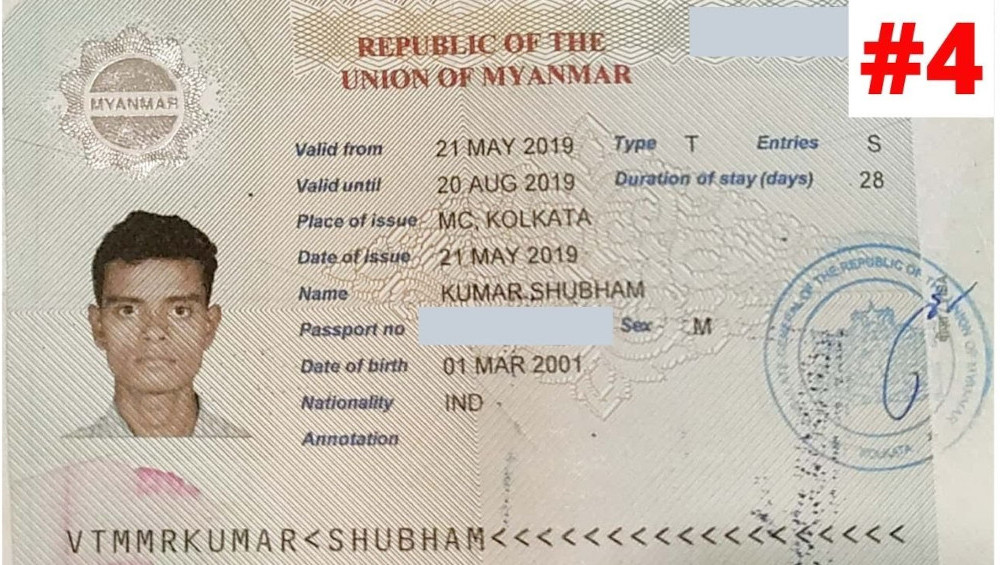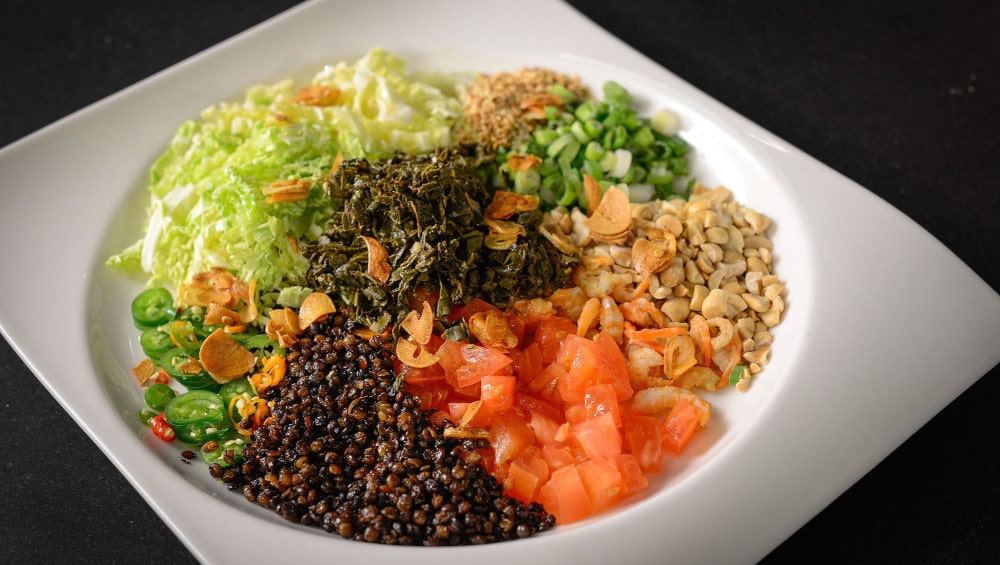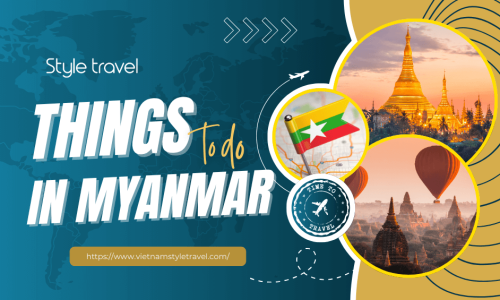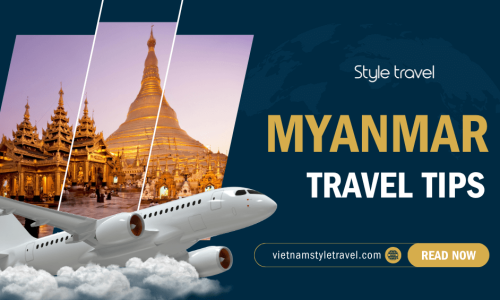Myanmar travel tips
Planning a trip to Myanmar? This enchanting country offers stunning landscapes, rich cultural heritage, and warm hospitality. From navigating local customs to finding the best times to visit, our Myanmar travel tips will help you make the most of your journey. Get ready to explore ancient temples, bustling markets, and breathtaking scenery with confidence!
1. When is the Best Time to Visit Myanmar?
Myanmar has a tropical monsoon climate with three distinct seasons: the hot season (March to May), the rainy season (June to October), and the cool season (November to February). The country’s average annual temperature is around 27°C. For the most comfortable travel experience, the best time to visit is from November to February, when the weather is sunny, pleasant, and experiences the least rainfall – perfect for exploring Myanmar.
2. Myanmar Visa
Since March 2014, Myanmar has suspended its Visa on Arrival program. Travelers are advised to obtain a visa in their home country or apply for an e-visa before their trip to avoid any inconveniences. We will update this site with the latest information on Visa on Arrival as soon as official announcements are made.

Visitors can obtain a Myanmar E-Visa in just four simple steps:
– Visit https://evisa.moip.gov.mm/tourist/message and complete the secure online application form.
– Confirm your details and make the payment using a credit or debit card (the visa fee is currently set at $50 for a 28-day stay).
– Receive your approval letter within a few working days.
– Present your approval letter upon arrival in Myanmar to obtain your visa.
For visitors using an E-Visa, please ensure you have the following documents ready for verification at immigration counters:
– A fully completed arrival card
– A valid passport with at least six months of remaining validity
– A valid entry visa issued by the relevant Myanmar Embassy (must be unused)
– Visitors entering with a visa issued by a Myanmar Embassy abroad will be granted the stay period specified on the visa. If an extension is needed, it must be applied for through the Ministry of Immigration and Population with a recommendation from the relevant ministry. Visitors may reside in Myanmar only for the permitted duration.
Tourists entering Myanmar are required to purchase travel insurance through the following link: https://www.mminsurance.gov.mm/
3. Must-Try Local Dishes in Myanmar
Myanmar’s culinary scene is a delightful mix of rich flavors and traditional cooking methods. Here are some must-try dishes that will give you a true taste of the country’s food culture.
Traditional Myanmar Curry
Curry is the heart of Myanmar Curry, but it can be enjoyed with pork, chicken, lamb, or seafood. A distinctive feature of this dish is that it is always served with a variety of side dishes and condiments. Adding to the experience, you’ll also receive a traditional Burmese dessert – lacquer-plated tea leaves and almonds soaked in tea.

Shan Rice
Shan Rice, a specialty of the Shan people in Myanmar, is a favorite among visitors for its unique flavor and vibrant presentation. This fragrant rice dish is cooked with golden turmeric juice and served with a tender piece of freshwater fish drizzled in aromatic garlic oil. Enhanced with spices like garlic, chili, and pepper, Shan-style rice is a must-try for those who love bold and spicy flavors.
Tea Leaf Salad
Tea Leaf Salad, or Lephet Thoke, is one of Myanmar’s most iconic dishes. Made from fermented tea leaves, this flavorful salad can be enjoyed as a snack, appetizer, or paired with rice. The tangy tea leaves are mixed with slightly bitter shredded cabbage, juicy tomato slices, crunchy beans, aromatic garlic oil, crispy garlic slices, and spicy chili peppers, creating a unique blend of textures and flavors.

Shan Tofu Noodles
The key ingredient in this dish is tofu, but unlike traditional soy-based tofu, Myanmar’s version is made from yellow lentils and green beans. The soft tofu slices are typically served with yellow noodles, either in a warm, flavorful soup or as a chilled dish alongside chopsticks, offering a unique take on a classic comfort food.
Mohinga Fish Rice Noodles
Often considered Myanmar’s national dish, Mohinga consists of rice noodles served in a rich, flavorful fish-based broth. The soup is made with chickpea flour, roasted rice, and catfish, enhanced with aromatic seasonings like fish sauce, garlic, red onion, ginger, and lemongrass. This comforting dish is a must-try for anyone exploring Myanmar’s culinary scene.
Noodles of the Shan People
This traditional dish from Myanmar’s Shan ethnic group features thin rice noodles paired with marinated chicken or pork, topped with toasted sesame seeds and fragrant garlic. Served alongside pickled vegetables and a light broth, Shan noodles stand out for their unique flavor, delicious taste, and visually appealing presentation, making them a favorite among visitors.

Myanmar offers a unique blend of ancient traditions, stunning landscapes, and rich cultural experiences. From exploring its majestic temples and savoring its flavorful cuisine to understanding visa requirements and travel essentials, proper preparation will ensure a smooth and enjoyable journey. Whether you’re admiring the golden pagodas of Bagan, cruising along Inle Lake, or immersing yourself in local traditions, Myanmar promises an unforgettable adventure for every traveler.





